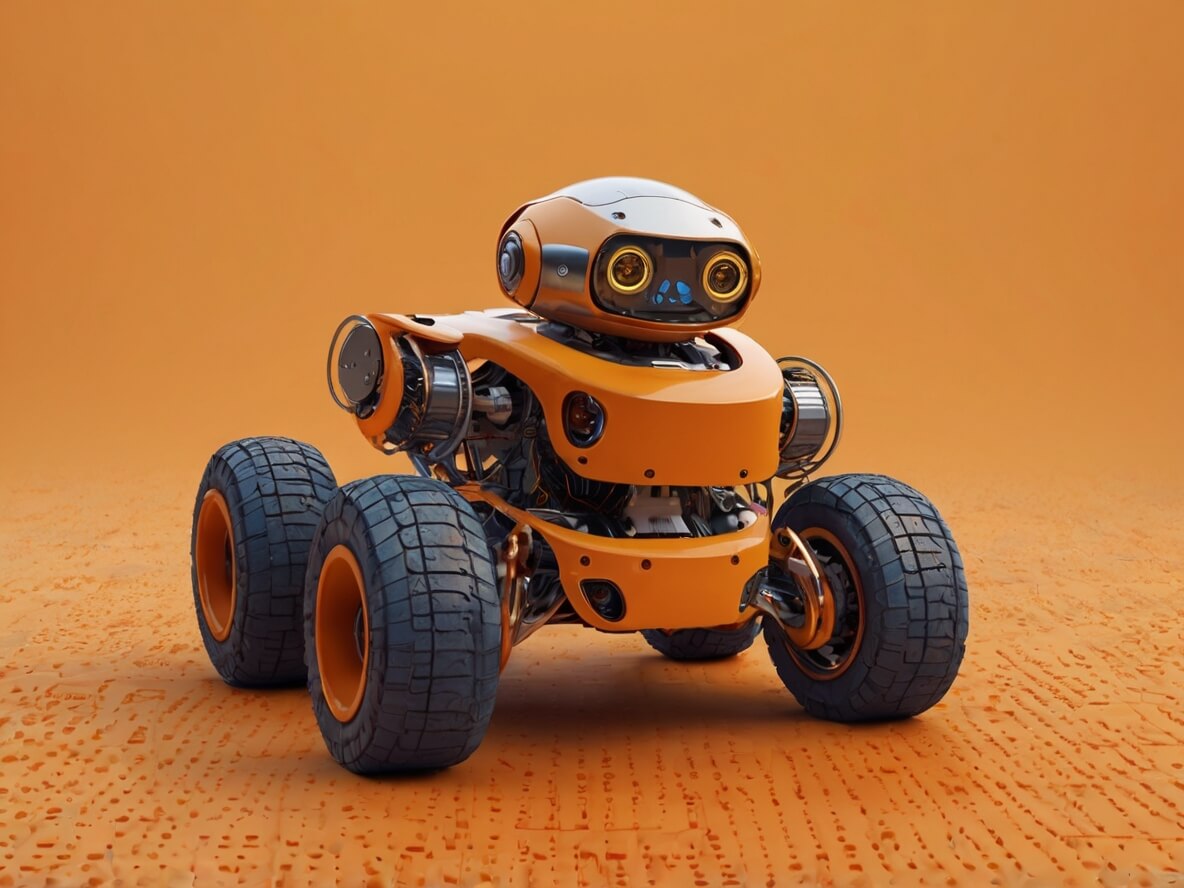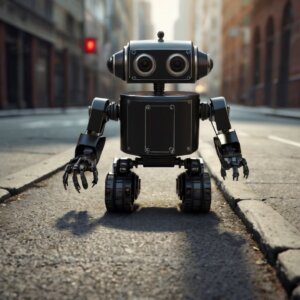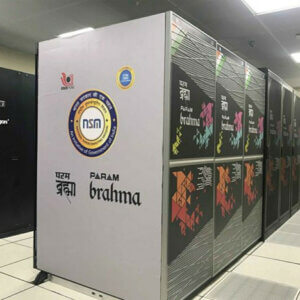Robot races are exhilarating events that combine the thrill of competition with the ingenuity of robotics engineering. These races challenge participants to design, build, and program robots capable of navigating courses at high speeds while overcoming various obstacles. From small-scale hobbyist competitions to large international events, robot races push the boundaries of what autonomous machines can achieve.
What are Robot Races?
Robot races are competitions where robots, either autonomous or remote-controlled, compete to complete a course in the shortest time possible. These courses can vary in complexity, featuring straight tracks, curves, obstacles, and even multi-terrain environments. The primary goal is to test the robots’ speed, precision, and ability to navigate challenging conditions.
Types of Robot Races
1. Line-Following Races: Robots must follow a pre-defined path marked by a line on the ground. These races emphasize sensor accuracy and programming skills, as the robot must stay on track while moving at high speeds.
2. Obstacle Courses: Robots navigate through a course filled with obstacles such as barriers, ramps, and tunnels. These races test the robot’s agility, obstacle avoidance algorithms, and robustness.
3. Drag Races: Similar to car drag races, robots compete on a straight track to see which can accelerate the fastest and reach the finish line first. These races highlight motor power and efficient design.
4. Off-Road Races: Robots tackle rough terrains, including sand, gravel, and grass. These races challenge the robot’s ability to handle different surfaces and maintain stability at high speeds.
5. Swarm Races: Teams of small robots work together to complete a course, showcasing collaborative algorithms and communication systems.
Key Components of a Racing Robot
1. Chassis: The chassis must be lightweight yet sturdy enough to withstand high speeds and impacts. It often includes a suspension system for off-road races.
2. Motors and Wheels: High-performance motors and wheels with good traction are crucial for speed and maneuverability. Some robots use tracks instead of wheels for better grip on rough terrains.
3. Sensors: Various sensors, such as infrared, ultrasonic, and cameras, help the robot navigate the course by detecting lines, obstacles, and terrain changes.
4. Microcontroller: The microcontroller processes sensor data and controls the motors. Advanced robots might use microprocessors or single-board computers for more complex computations.
5. Battery: A high-capacity battery ensures the robot has enough power to complete the race without running out of juice.
Challenges in Robot Racing
1. Speed vs. Stability: Balancing speed with stability is critical. A fast robot that cannot stay on course or handle obstacles effectively will not win races.
2. Sensor Calibration: Sensors must be precisely calibrated to accurately detect lines, obstacles, and terrain variations, especially in varying lighting conditions.
3. Programming Complexity: Developing efficient algorithms for pathfinding, obstacle avoidance, and speed control can be challenging and requires thorough testing and optimization
Innovations in Robot Racing
1. AI and Machine Learning: Some racing robots use AI and machine learning to improve their navigation algorithms, allowing them to learn from their environment and optimize their performance.
2. Advanced Materials: Lightweight and durable materials, such as carbon fiber, are used to build more efficient and resilient robots.
3. Real-Time Data Analysis: Real-time data transmission and analysis enable better control and decision-making during the race, often through wireless communication with a remote computer.
4. Modular Designs: Modular robots allow for quick adjustments and repairs, making it easier to tweak designs and improve performance between races.
Popular Robot Racing Competitions
1. RoboRace: An international autonomous racing series where teams compete with AI-driven vehicles on complex tracks.
2. Formula Pi: A racing series for small autonomous robots, emphasizing accessibility and innovation.
3. Robot-SM: A Swedish robot competition featuring various racing categories, including line-following and obstacle courses.
Conclusion
Robot races are a thrilling blend of engineering, programming, and competitive spirit. They provide an exciting platform for enthusiasts and professionals to test their skills, push technological boundaries, and innovate in the field of robotics. Whether you’re building your first racing robot or competing at an international level, robot races offer endless opportunities for learning, growth, and exhilarating fun.
To participate in your first Robo-race you can participate in WhizFest 2.0 which will held on 10th August, 2024.




